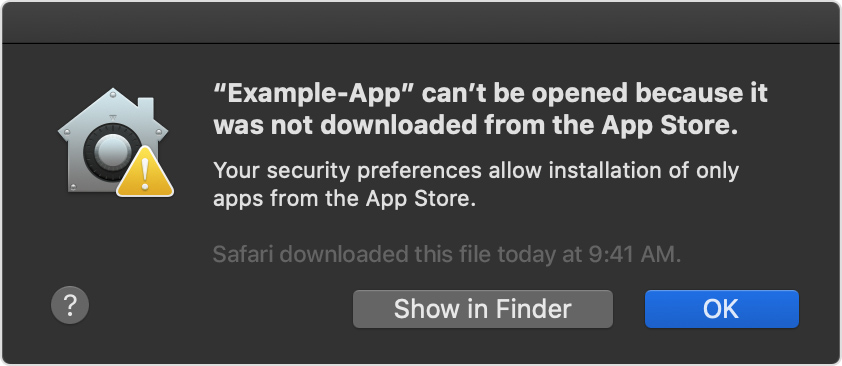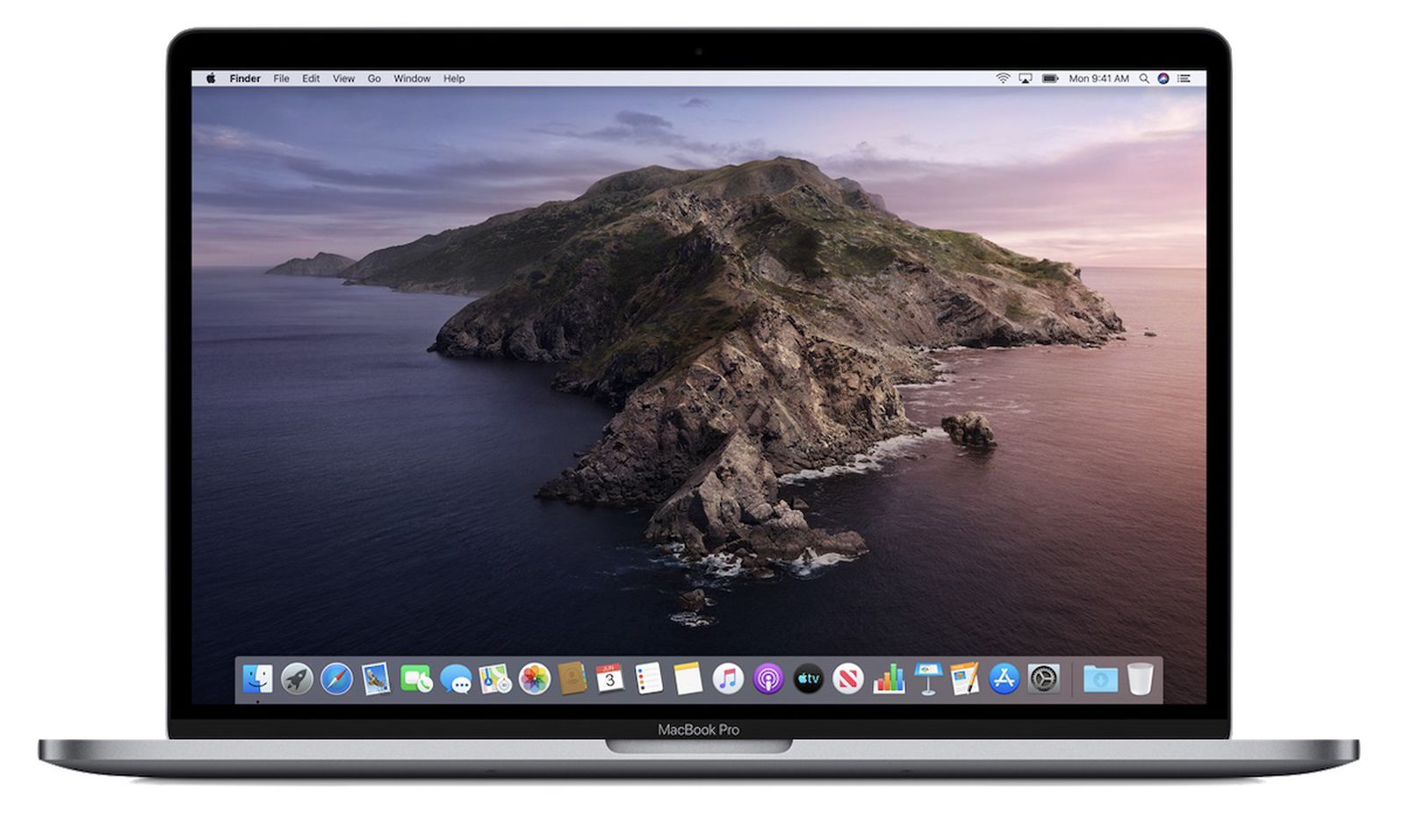Serious Fishing Mac OS
Welcome to the “Serious Sam 1st Encounter” for Mac game page. This page contains information + tools how to port Serious Sam – First Encounter in a few simple steps (that even a noob can understand) so you can play it on your Mac using Crossover. Crossover makes it possible to play Windows on your Mac with just a few clicks! Download macOS Catalina for an all‑new entertainment experience. Your music, TV shows, movies, podcasts, and audiobooks will transfer automatically to the Apple Music, Apple TV, Apple Podcasts, and Apple Books apps where you’ll still have access to your favorite iTunes features, including purchases, rentals, and imports.
Game Details:
Welcome to the “Serious Sam 2” for Mac game page. This page contains information + tools how to port Serious Sam 2 in a few simple steps (that even a noob can understand) so you can play it on your Mac using Crossover. Crossover makes it possible to play Windows on your Mac with just a few clicks! So if you haven’t Crossover yet, then sign up here and buy the program or if you want to test it first, for the 14 days trial. Or use the Porting Kit alternative.
If you don’t own the game yet, get Serious Sam 2 from Kinguin which is a Steam key there and runs out of the box in Steam.
Use this CrossTie… to install the GOG game into Crossover
Make sure Crossover is installed before downloading/running the CrossTie. Or use Porting Kit.
Game description:
The iconic Serious Sam brings his trademark relentless intensity to this bigger, bolder, more colorful sequel to the classic Serious Sam: First and Second Encounters! Tasked with rescuing the universe one bullet at a time against overwhelming hordes of time traveling enemies, Serious Sam must battle through thick jungles, murky swamps, frozen tundra, and futuristic cities to bring down Mental and his vile armies. Serious Sam 2 is a shot of adrenaline to the hearts of first-person shooter fans across the world. This is serious!
Additional Port Information:
Graphical Cards Tested: AMD Radeon 6770M, Nvidia 9400M
Whats tested: Playing a few levels, GamersGate version of the game
Does Multiplayer work?: Not tested
Known Issues: Massive graphical glitches for AMD/ATI card users
Whats not tested: Intel graphical cards
Technical Support:Crossover game forum
Crossover video tutorial
Optimize your battery life
Your notebook battery life depends on your computer's configuration and how you're using the computer. Here are some settings and steps you can take to get the most from your computer’s battery.
Check Battery preferences
The Battery pane in System Preferences has settings to help improve the battery life on your Mac notebook. To view Battery settings, choose Apple menu > System Preferences, click Battery or Energy Saver, then select the Battery tab.
The example above is from macOS Big Sur. Some features such as Automatic graphic switching and Power Nap aren't available on all Mac notebooks or versions of macOS.
For maximum battery life, use the following settings:
- Turn on “Slightly dim the display while on battery power”. This setting lets your Mac adjust the display brightness to 75% when you unplug the computer from power.
- Turn off “Enable Power Nap while on battery power”. This setting prevents your Mac from checking for mail or other iCloud updates during sleep which improves standby time.
- Turn on 'Optimize video streaming while on battery”. This setting lets high-dynamic-range (HDR) video play in standard dynamic range (SDR) while on battery power, which uses less energy.
- Turn on “Automatic graphics switching”. This setting lets MacBook Pro models with multiple graphics processors automatically switch between them to maximize battery life.
Adjust display brightness
By default, your display automatically adjusts the brightness to conserve power. If you turn off automatic brightness, you should turn it back on later to preserve battery life. To set the brightness automatically, choose Apple menu > System Preferences, click Displays, then turn on ”Automatically adjust brightness”. Learn how to adjust your brightness manually.
Check battery health
You can check the health of your battery in Battery preferences or the Battery status menu:
- In macOS Big Sur, choose Apple menu > System Preferences, click Battery, select Battery in the sidebar, then click Battery Health.
- In macOS Catalina or earlier, hold the Option key and click the battery icon in the menu bar to reveal the battery status menu.
You'll see one of the following status indicators:
- Normal: The battery is functioning normally.
- Service Recommended: The battery's ability to hold charge is less than when it was new or it isn't functioning normally. You can safely continue to use your Mac but you should take it to an Apple Store or Apple-authorized service provider to get your battery evaluated.
To get service on your battery, contact Apple.
In earlier versions of macOS, the battery status might display Replace Soon, Replace Now, or Service Battery if your battery holds less of a charge than when it was new or needs to be serviced. If the battery's lowered charging capacity is affecting your experience, get your battery evaluated at an Apple Store or Apple-authorized service provider.
While some third-party apps report on battery health conditions, the data reported by these apps may be inaccurate and isn't a conclusive indication of actual diminished system run time. It's best to rely on the information reported in the battery health menu, described above.
Diagnose battery issues

Learn how to check your hardware, identify apps or features contributing to high energy use, and resolve charging issues.
Run diagnostics
A great place to start when troubleshooting battery issues is the built-in diagnostics that are available on your Mac notebook. Learn how to use Apple Diagnostics on your Mac.
If you don't find any issues with Apple Diagnostics, read on for more information about troubleshooting your battery.
Check the battery status menu
The battery status menu shows you how much charge your battery has and whether it's currently charging. This menu is at the right side of the menu bar:
The battery status menu also tells you if your display or any apps are using significant energy. Also consider closing any apps that are listed to save battery power.
If you use optimized battery charging in macOS Big Sur, you'll see additional information when your Mac is connected to power, such as whether charging is paused or when your battery will be fully charged. If charging is paused and you need to have your Mac fully charged sooner, click Charge To Full Now.
Resolve charging issues
Get help with other issues such as if your Mac won't recognize a power adapter or charge to 100%.
If your Mac isn't charging
Confirm the correct wattage AC adapter for your computer. A power adapter rated for a lower wattage than is required for the system might not reliably charge the computer. If you're not sure which power adapter to use with your computer, learn how to find the right power adapter and cord for your Mac notebook.
For more help, learn what to do if your USB-C power adapter isn't charging your Mac notebook. If issues persist, shut down your Mac, close the display for 30 seconds, then try to charge again. Or if you have an Intel-based Mac, reset the SMC.
If your Mac won't charge to 100%
If you use optimized battery charging in macOS Big Sur or use macOS Catalina or earlier, occasionally the battery might not show a full charge (100%) in macOS, even after the power adapter has been connected for an extended period of time. This behavior is normal and helps prolong the overall life of the battery.
Servicing the battery in your Mac notebook
MacBook, MacBook Air, and MacBook Pro computers with built-in batteries should only have their batteries replaced by an Apple Authorized Service Provider or at an Apple Store. Attempting to replace a built-in battery yourself could damage your equipment, and such damage is not covered by warranty.
Some older Mac notebooks have removable batteries that you can replace yourself. Contact an Apple Authorized Service Provider or an Apple Store for assistance servicing a removable battery.
Battery warranty information
Your Apple One Year Limited Warranty includes replacement coverage for a defective battery. If you purchased an AppleCare Protection Plan for your Mac notebook, Apple will replace the notebook battery at no charge if it retains less than 80 percent of its original capacity. If you don't have coverage, you can have the battery replaced for a fee.

Mac Os Versions
Understanding batteries in Mac notebooks
MacBook, MacBook Air, and MacBook Pro computers come with lithium polymer batteries to provide maximum battery life in a compact space. To understand battery technology and battery life, it's good to know common battery terminology:
Mac Os Download
- Cycle count: Batteries are expected to function for a certain number of cycles. This number represents the sum of total and partial discharge cycles throughout the life of the battery. You can see the cycle count limit for your computer by reviewing Determine battery cycle count for Mac notebooks.
- Full charge capacity: Measured in mAH (milliampere-hours), this refers to the amount of power the battery is capable of containing, less the energy required to shut down the device. This number lowers as the battery becomes depleted with usage and age.
- Remaining charge capacity: This number represents the current amount of power left in the battery as measured in mAh (milliampere-hours). Using the computer when not connected to AC power will cause this number to lower as power is depleted from the battery.
- Defective: Batteries are considered defective when they stop working due to a defect in materials or workmanship, or due to a manufacturing defect. Defective batteries are covered under Apple's one-year limited warranty and extended-service contracts.
- Load: The amount of activity being performed by a task or tasks. Certain power-intensive processes place a heavier load on the battery and result in a much-reduced runtime per charge.
Learn more
Learn more about the batteries used in Apple products.